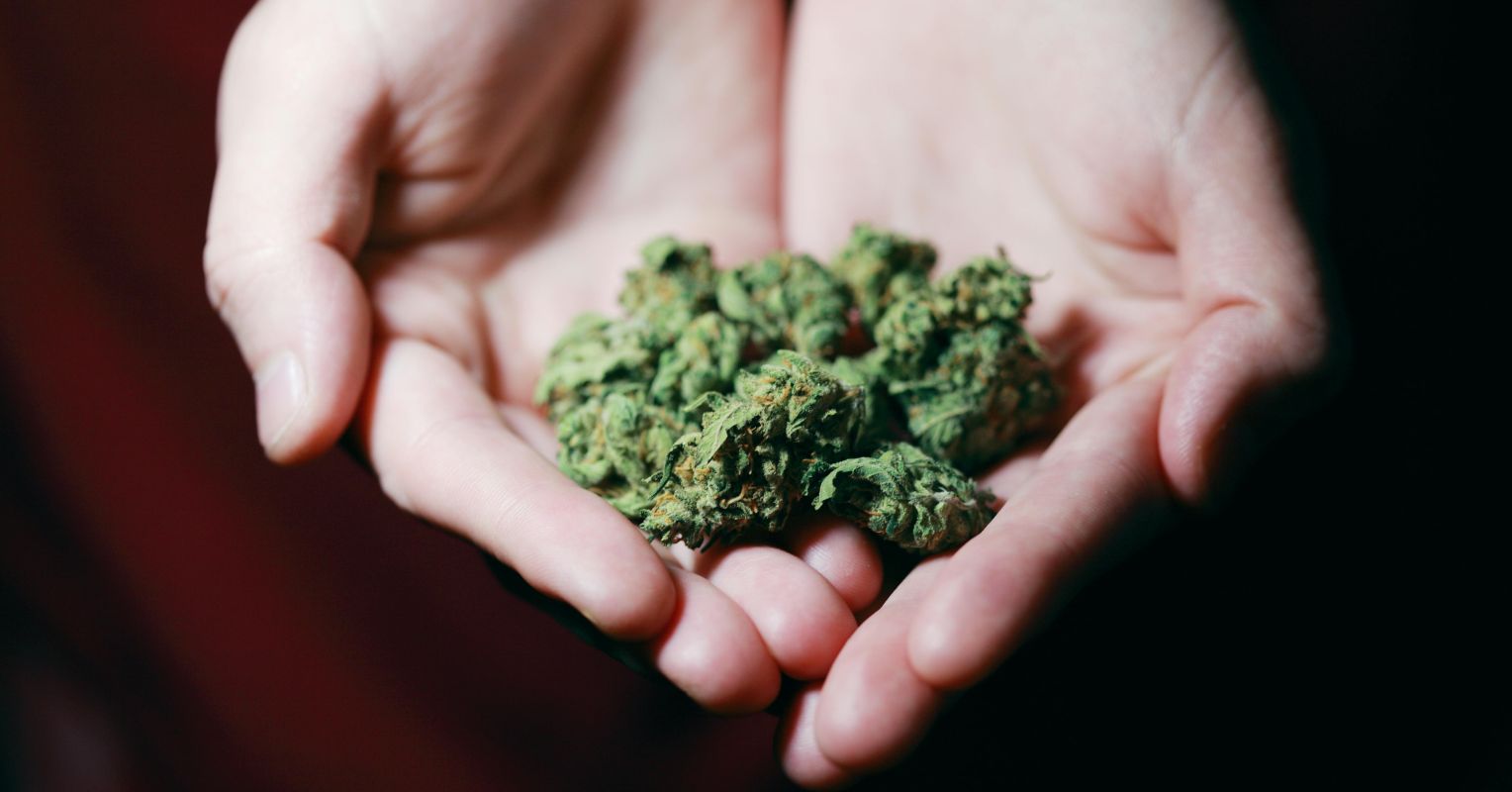
[ad_1]

The distinction between medicinal and leisure marijuana has at all times been arbitrary. For instance, after legalizing leisure hashish, California initially required every cultivated seedling to be designated by growers as both a leisure or medicinal hashish plant. From that time onward, every plant and its merchandise maintained its designation throughout retail sale. This course of existed even though growers had been free to designate any given seedling nevertheless they wished, relying on no matter they predicted their market would most want. Finally, California relented to the truth that marijuana is marijuana. The identical product bought for leisure customers is bought to medicinal customers. Immediately, the designation of whether or not a hashish product is bought for one or the opposite objective is made on the level of sale, with taxes forgone when a buyer qualifies as a medicinal consumer. The truth that the identical strains of hashish are bought for each leisure and medicinal functions has raised the query of whether or not medicinal customers meet the standards for Hashish Use Dysfunction on the identical or a distinct charge as leisure hashish customers.
This query has now been answered by meta-analyses of a number of research of the speed of CUD amongst each leisure and medicinal hashish customers. Meta-analyses mix knowledge from all out there well-designed research to evaluate the energy of scientific proof and summarize affordable conclusions. This system was used on the best high quality journal articles surveying CUD charges for each leisure and medicinal customers to calculate general estimates of danger.
The meta-analysis by Leung[i] et al confirmed that amongst individuals who use leisure hashish, 22% fulfill DSM standards for Hashish Use Dysfunction. The chance of creating dependence elevated to 33% amongst younger individuals who have interaction in weekly or extra frequent use of hashish.
Now, on March 8, Dawson[ii] et al printed a meta-analysis answering the query of how CUD charges amongst medical hashish customers evaluate with leisure customers. Dawson’s group mixed 14 high-quality research offering knowledge for 3681 contributors from 5 totally different international locations. They discovered that 25% of people utilizing medical hashish throughout the earlier 6-12 months met DSM-5 standards for CUD, with tolerance and withdrawal being essentially the most steadily reported standards. When earlier DSM-4 standards had been used, the speed of CUD was 24%. Hashish inhalation, adolescence and younger maturity (18-29yrs), and being male pattern towards elevated danger of CUD amongst medical hashish customers. Rising danger for CUD was additionally reported in these utilizing hashish for despair and power ache. The chance of hashish dependence will increase to 33% for younger folks utilizing hashish weekly or extra typically.
The affordable conclusion drawn by Dawson et al is that the substantial charge of Hashish Use Dysfunction amongst medical hashish customers is corresponding to the speed present in leisure customers. I counsel the conclusion concerning comparability of charges between medicinal and leisure customers holds even for readers who may quarrel with the charges reported within the above two articles. This is sensible, given the truth that our mind responds the identical to frequent hashish, nevertheless the hashish trade chooses to label it. Hashish is hashish. The THC in each medicinal and leisure hashish reduces the variety of endogenous cannabinoid receptors within the mind and will increase dopamine within the Reward Middle. When consumed too steadily, these results are cumulative and dependence is inevitable. It might be fascinating to review whether or not medicinal customers have a tendency to make use of extra commonly than common leisure customers. This might additionally make sense since signs comparable to despair and power ache would are inclined to require ongoing medical care.
It might subsequently make sense to require the sale of medicinal hashish merchandise to be required to incorporate an insert, a lot as pharmaceutical corporations should, warning of potential uncomfortable side effects that mirror DSM standards for Hashish Use Dysfunction.
[ad_2]